Automated room disinfection in personnel transport vehicles using aerosol technology
Comprehensive Disinfection for Vehicles, Aircrafts, Railways, and Ships
Comprehensive Disinfection for Vehicles, Aircrafts, Railways, and Ships
Routine disinfection of transportation vehicles is not typically practiced under normal circumstances. However, the issue becomes highly relevant when containing contagious diseases. According to CDC reports over the past 20 years, this has been notably relevant in instances such as:


The challenge arises when a large number of transportation vehicles need to be disinfected with limited personnel resources. Automated aerosol disinfection proves to be an extremely efficient method for disinfecting transport vehicles such as buses, subways/trains, and ships.
As an effective complement to traditional surface disinfection of critical touchpoints, it helps to quickly address hygiene gaps (such as air quality) with minimal personnel effort. Aerosol disinfection involves spraying disinfectants in the form of fine particles into the air to thoroughly disinfect hard-to-reach areas such as room air and inaccessible surfaces. This method enables comprehensive disinfection of surfaces that might otherwise be overlooked.
The combination of purpose-built devices (Sanosil Q-Jet series) and compatible Sanosil disinfectants has proven highly effective for 3D whole-room disinfection for over 25 years.
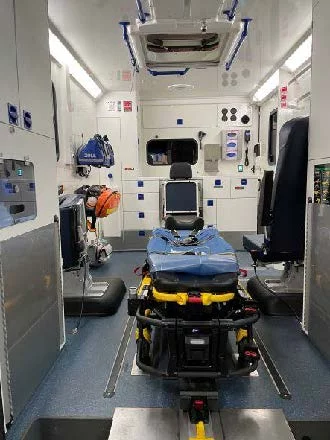
Disinfectant for demanding aerosol applications with AFNOR NFT 72-281 certificate
Disinfectant (without silver ions) for demanding aerosol applications with EN - 17272 test

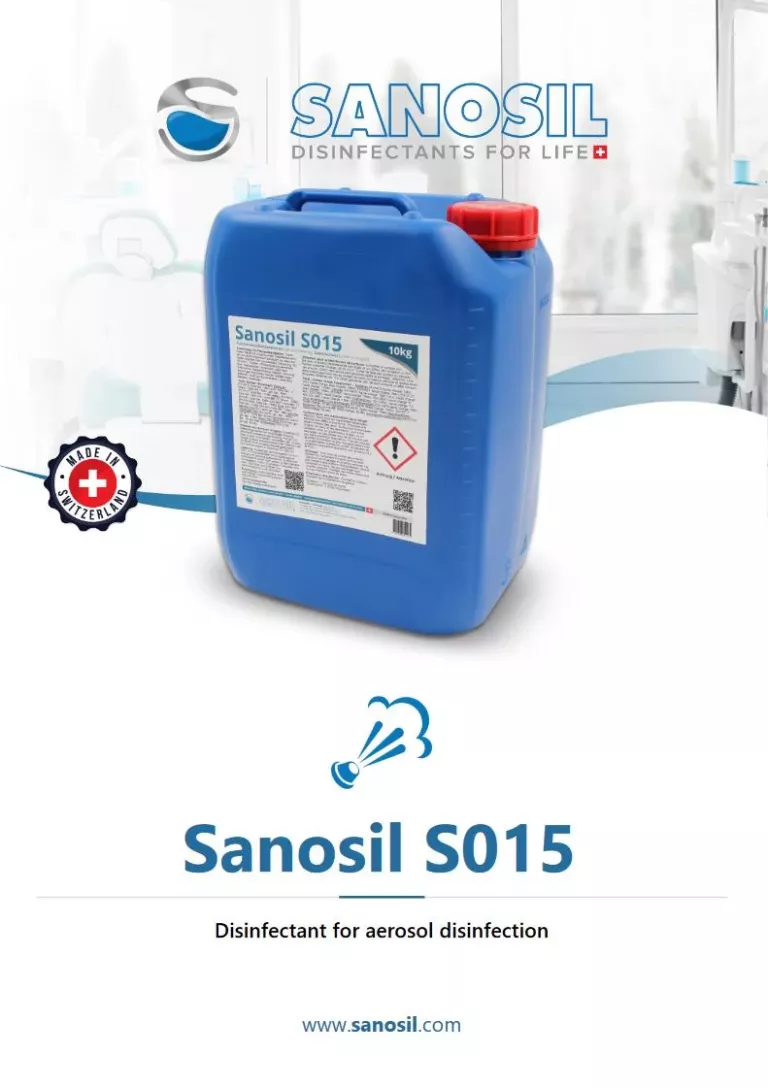
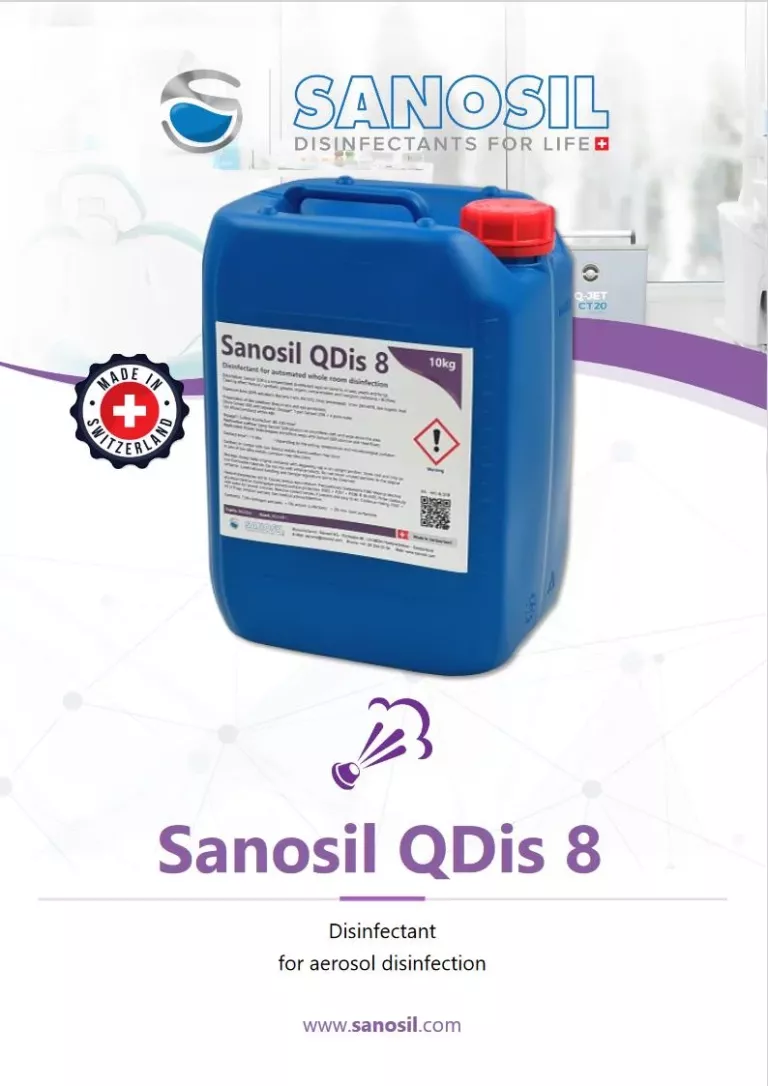
A: No, that’s not possible. While aerosol disinfection provides comprehensive coverage of all surfaces compared to wipe disinfection, it has limited penetration depth. Even small amounts of dirt residue significantly reduce the effectiveness of aHP disinfection, which is why thorough pre-cleaning cannot be skipped.
Aerosol technology serves as an additional safety measure to mitigate microbiological risks.
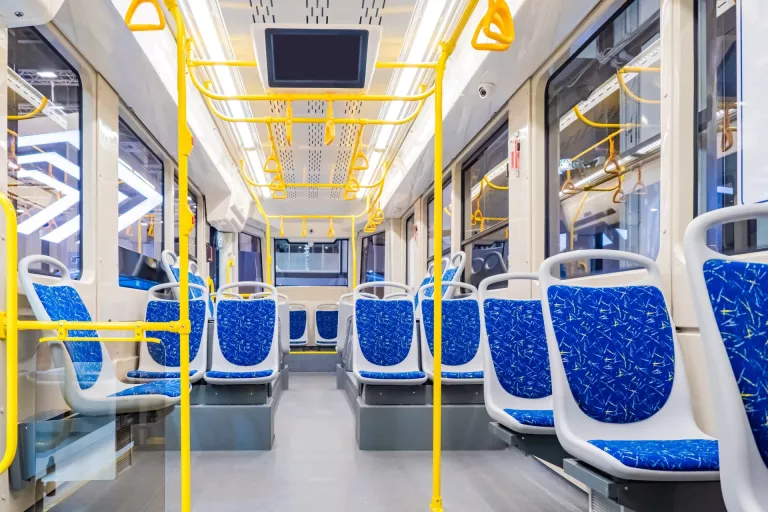
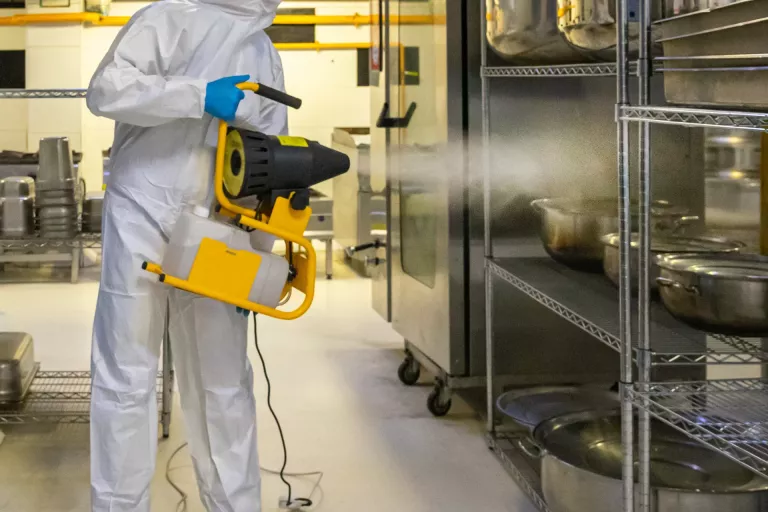
A: Portable spray devices are not classified as traditional aerosol devices. Their primary purpose is to manually and directly spray surfaces with a fine mist of disinfectant. This process inevitably creates aerosols, necessitating the use of appropriate personal protective equipment during disinfection. However, unlike aerosol disinfection devices, the majority of the sprayed disinfectant lands directly on the targeted surfaces due to the directed spray pattern. These surfaces typically become moistened.
In contrast, aerosol devices generate a „dry“ mist that evenly disperses throughout the room. This method avoids wetting surfaces with the disinfectant solution.
A: Aerosolization devices generally utilize two technologies to create aerosols: compressor & nozzle or turbine. A compressor pushes the disinfectant through a nozzle to generate aerosols. In contrast, a turbine entrains the disinfectant into an airflow using the Venturi effect, finely atomizing it. Both technologies have their preferred applications. Compressor devices are more suitable for small to medium-sized rooms, while turbine devices are more appropriate for medium to large rooms.
(The Sanosil Q-Jet C10 incorporates both technologies and can therefore be used for rooms ranging from 4 to 600 cubic meters in volume.)
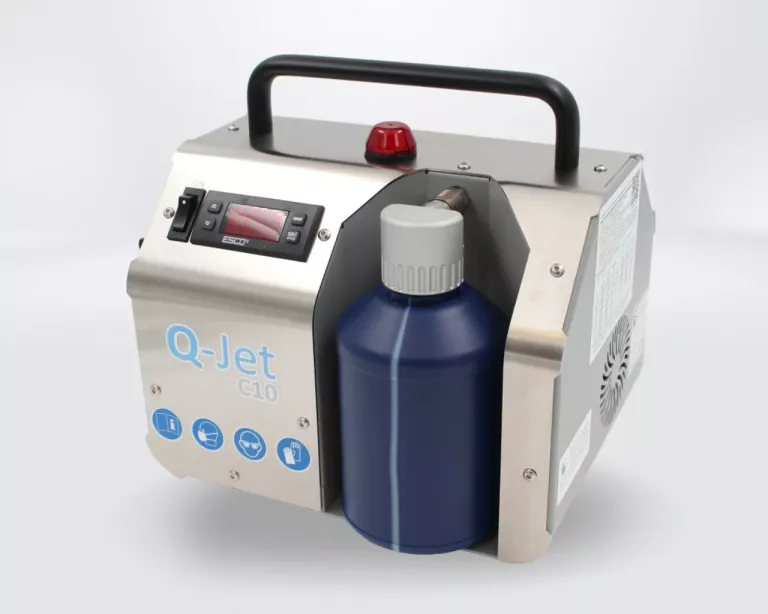
Our core competencies include the manufacturing and application consulting of disinfection products for water systems, surfaces, and air (complete room disinfection).